[NCTS Seminar - Particle Physics Journal Club] First evidence of the medium response to hard probes in the Quark-Gluon Plasma
Speaker: Prof. Yen-Jie Lee (MIT)
Talk title: First evidence of the medium response to hard probes in the Quark-Gluon Plasma
Time: 2025/09/05 (Fri.) 12:30
Place: NCTS Physics 4F Lecture Hall, Cosmology Hall, NTU
Abstract:
This seminar talk presents the first measurement of low-transverse-momentum (pT) charged-hadron distributions in pseudorapidity and azimuthal angle, relative to the momentum direction of \(Z\) bosons, in lead-lead (\PbPb) collisions at a nucleon-nucleon center-of-mass energy of \(\sqrt{s_\mathrm{NN}} = 5.02\) TeV. The analysis uses PbPb data from 2018 with an integrated luminosity of \(1.67 \pm 0.03\) nb\(^{-1}\), complemented by proton-proton (pp) data from 2017 with \(301 \pm 6\) pb\(^{-1}\). Events are selected with at least one \(Z\) boson having \(40 < p_\mathrm{T} < 350\) GeV, and charged-hadron distributions are examined in \(p_\mathrm{T}\) bins to investigate potential in-medium parton-shower modifications and medium-recoil effects.
A significant modification is observed in the azimuthal and pseudorapidity distributions of charged hadrons with \(p_\mathrm{T}\) in the range of 1–2 GeV in \PbPb\ collisions compared to pp references. These results align with phenomenological models, such as the HYBRID model that is developed at MIT CTP, that incorporate the positive and negative wake effects associated with the fast moving-quarks and gluons in the Quark-Gluon Plasma (QGP).
This analysis provides crucial new insights into the interplay between hard and soft particle production in heavy-ion collisions. By comparing PbPb data with pp baselines and theoretical predictions, the findings offer the first experimental evidence for medium-recoil and medium-hole effects induced by a hard probe, contributing to a deeper understanding of jet quenching mechanisms in the QGP.


